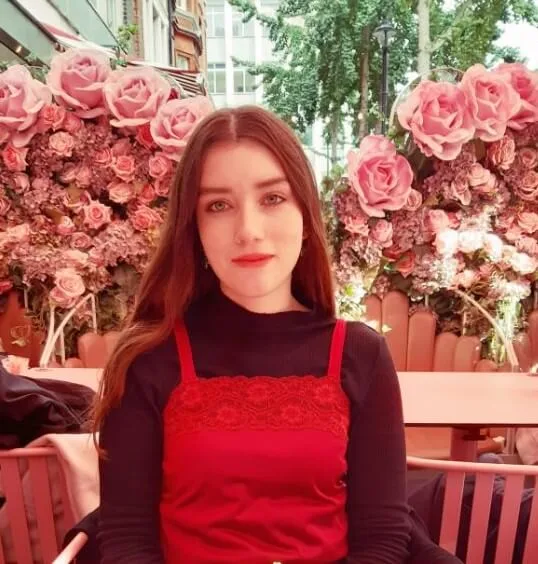My thesis examines depictions of education within bildungsroman-style Gothic novels and films produced in the United States, Australia, and Canada. I coin the label “Educational Gothic” to define these works. The shared context of settler colonialism is the critical foundation for my comparative analysis. Settler colonialism, where the colonisers “come to stay,” has developed as a conceptual category in the last twenty years away from prior constructions of the settler colony as “different” or “separate” from colonialism, as a “fragment” of the metropole, or indeed as a “third space” that was ultimately ambivalent (Lorenzo Veracini, “Settler Colonialism”, 2013). Settler colonialism, premised on Patrick Wolfe’s idea that it is “a structure and not an event” (1999), is a theoretical lens that undergirds my reading of works as Educational Gothic by demonstrating the shared ideological agenda and similar historical impetus linking the abusive educations depicted.
Throughout my thesis, I trace the triangular relationship between abusive educational histories, contemporary attitudes towards these pasts and their translation into literature. A central contention is that abusive education does not appear spontaneously in Gothic works produced in the three nations, but instead relates to specific national histories, even if symbolism, gaps, erasure, or settler indigenisation obfuscate this relationship. Indeed, if the bildungsroman has been central to burgeoning settler nations in solidifying a national character and establishing a sense of tradition, I examine its reverse in the Educational Gothic mode. Educational Gothic narratives highlight the violent, acculturating and indoctrinating impact of education on those gender, class, or racial Others to settler-colonial hegemony. I propose that the Gothic institution reoccurs as a means of depicting and interrogating violent educational histories within these three nations, particularly when they are not present within official rhetoric. However, the relationship between history and representation is never clear-cut and creates dynamic instabilities within creative productions.
Thus, starting in the 1960s and ending in the present day, my thesis traces the development of the Educational Gothic mode, paying close attention to the correlation between artistic production and contemporary socio-political climates. I demonstrate the equating, overlapping, erasing, repudiating, symbolic and convoluted relationship between history and narrative, following two distinct threads of production: Indigenous and Settler. My chapters will demonstrate how Educational Gothic tropes develop, merge and adapt in each era by surveying how tropes manifest across the three nations and navigate the ground between entertainment and social commentary, allegory and obfuscation. Above all, I will question why audiences continue to return to violent educations to entertain, to haunt and to horrify.






